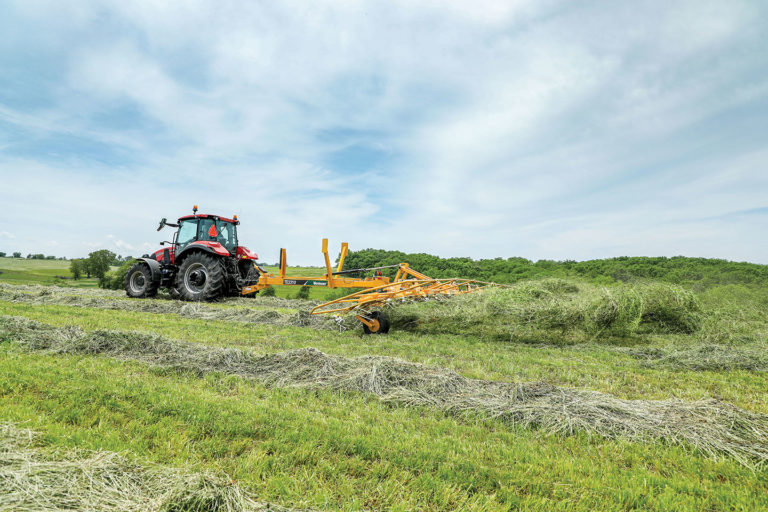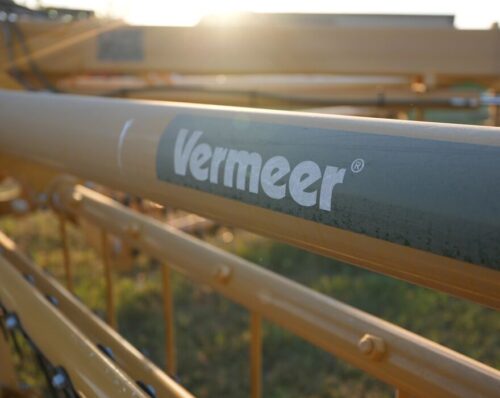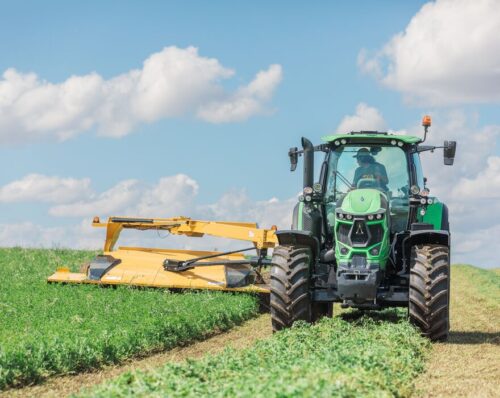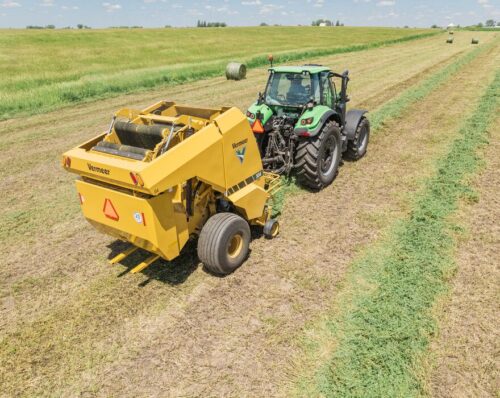
Here’s why tedding works
May 2020
Three reasons it might be a good time to start.
The word is spreading about advantages of tedding, and the process is becoming more popular on operations across North America. Fast drying time can result in high-quality forage. And the sooner you get your crop off the field, the less yield you lose from the next cutting. It’s a win-win.
What is tedding? Simply put, tedding lifts and separates hay in order to hasten dry-down time. Speeding dry-down saves time, gives hay producers greater flexibility and can result in higher quality forage, according to Josh Vrieze, Vermeer Corporation product manager.
Check out a few reasons you might want to look into the practice further.
- You’re making hay in high-moisture climates or have above-normal rainfall
The art of tedding originated in Europe, where cool, humid conditions historically impede hay dry-down times. It has recently seen a rise in popularity in cooler regions of the U.S., like the Northeast. The tedding trend continues to spread west, especially during hay seasons similar to that of 2019, when some regions of the country were abnormally wet.
- To speed up the hay making process
The most important function of tedding is “fluffing” the crop to promote air flow through the windrow. It also inverts the windrow, exposing lower portions to sunlight and promoting faster, more uniform dry down. Vrieze noted tedding can sometimes help shave an entire day or two off of drying time. As an added bonus, Vermeer TE tedders are equipped with a unique hook tine design that can pick up and spread larger amounts of crop than conventional tedders with straight tines. This creates a “bottoms-up” tedding action that rotates the hay for more consistent dry down.
- To help improve hay quality
Tedders allow you to spread out hay and use the whole field to capture sunlight for faster drying, preserving forage nutrients. This also allows producers to reduce harvest loss; the longer hay stays in the field, the more nutrient loss occurs because of plant respiration. Tedding also makes the crop’s moisture more consistent and reduces “wet slugs” in the bales that can cause loss during storage.
Tedding is highly recommended for grass hay that tends to mat and dry slowly. But some hay producers won’t ted alfalfa for fear of leaf loss. Vrieze said while he understands that sentiment, the greater risk is leaving the crop in the field too long.
“If you time it right and ted alfalfa when it’s wetter — maybe a day after cutting it — the leaves are less likely to fall off than if you’re tedding it when the crop is drier,” he added.
If you’re considering adding the practice of tedding to your operation, contact your local Vermeer dealer or CLICK HERE.
***
Vermeer Corporation reserves the right to make changes in engineering, design and specifications; add improvements; or discontinue manufacturing at any time without notice or obligation. Equipment shown is for illustrative purposes only and may display optional accessories or components specific to their global region. Please contact your local Vermeer dealer for more information on machine specifications. Vermeer and the Vermeer logo are trademarks of Vermeer Manufacturing Company in the U.S. and/or other countries. © 2020 Vermeer Corporation. All Rights Reserved.






